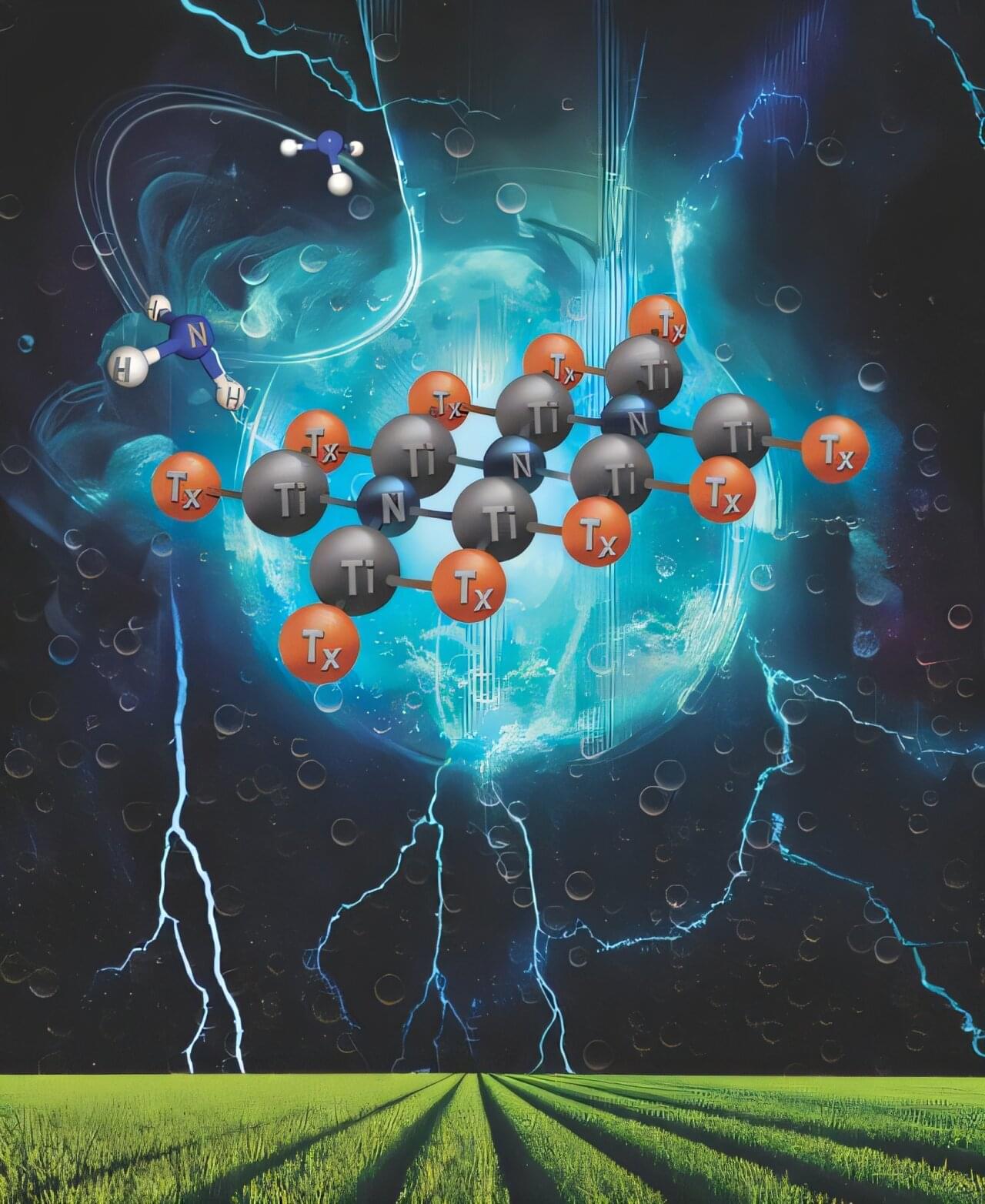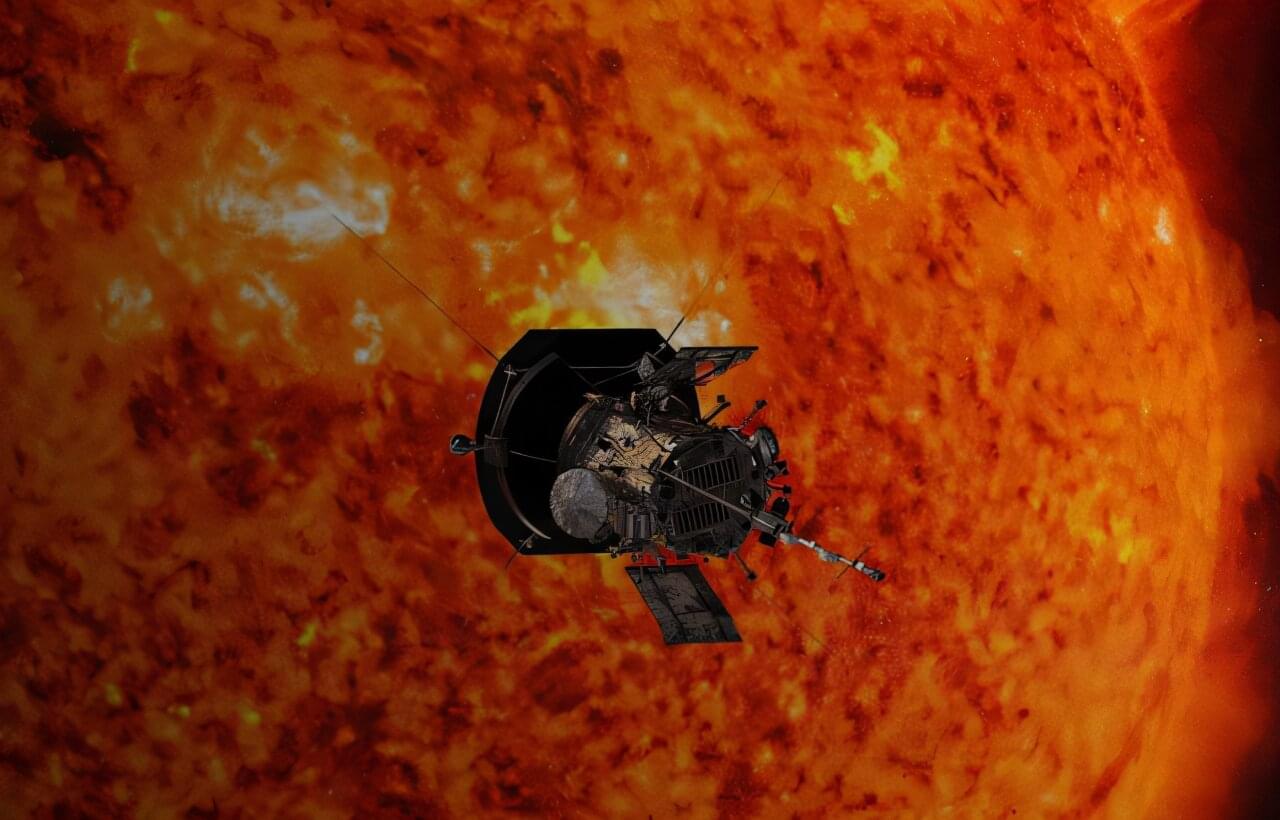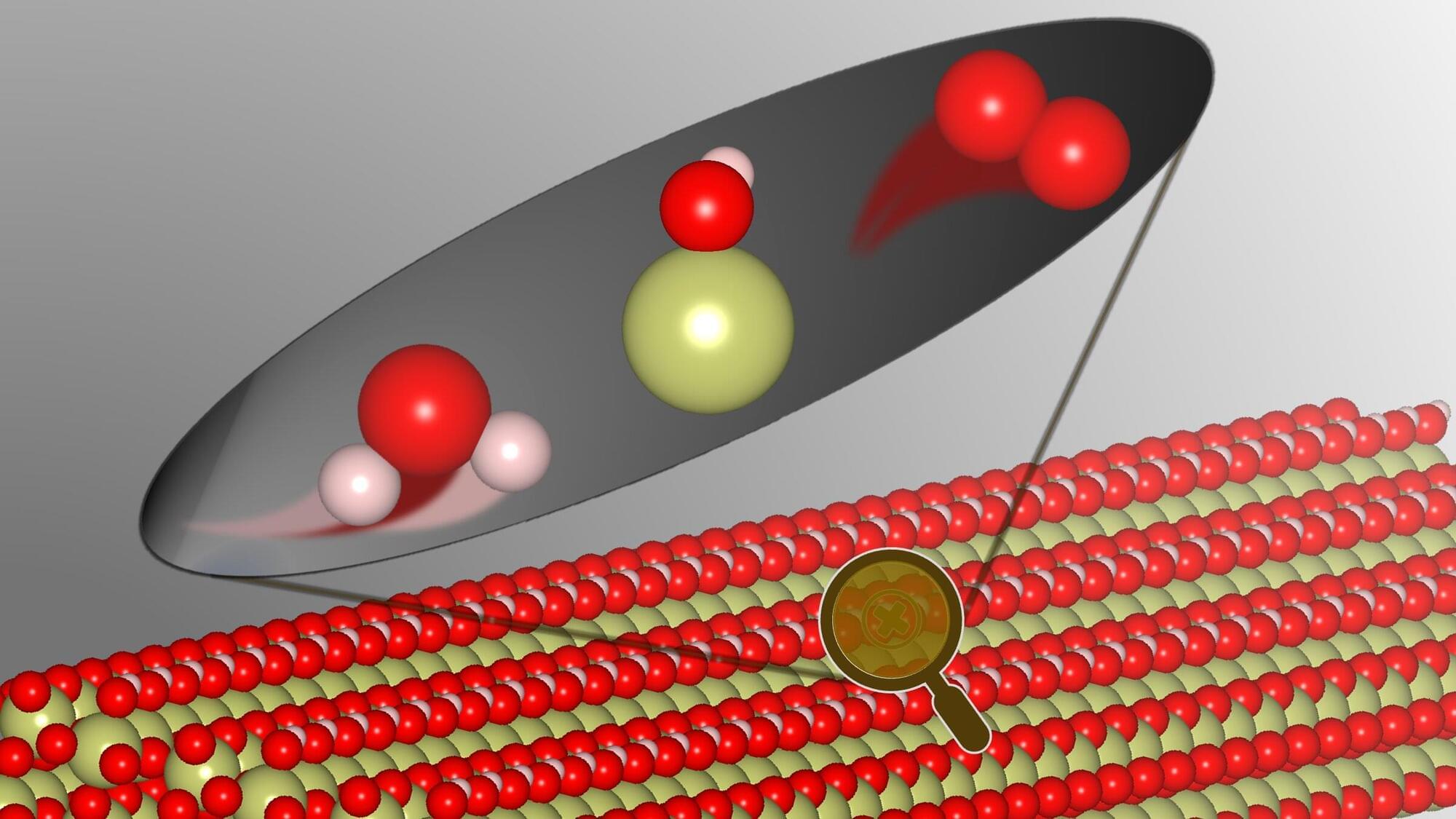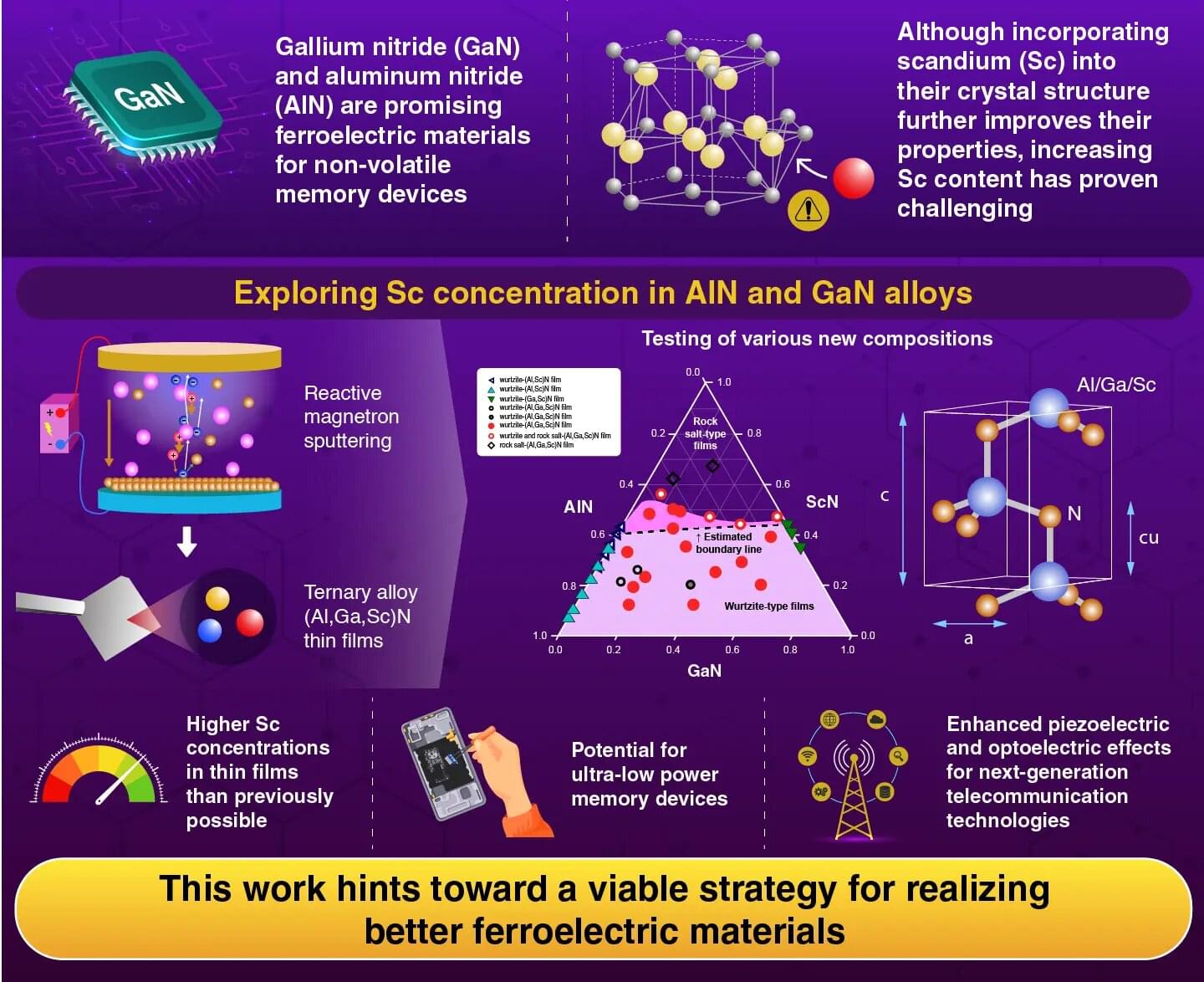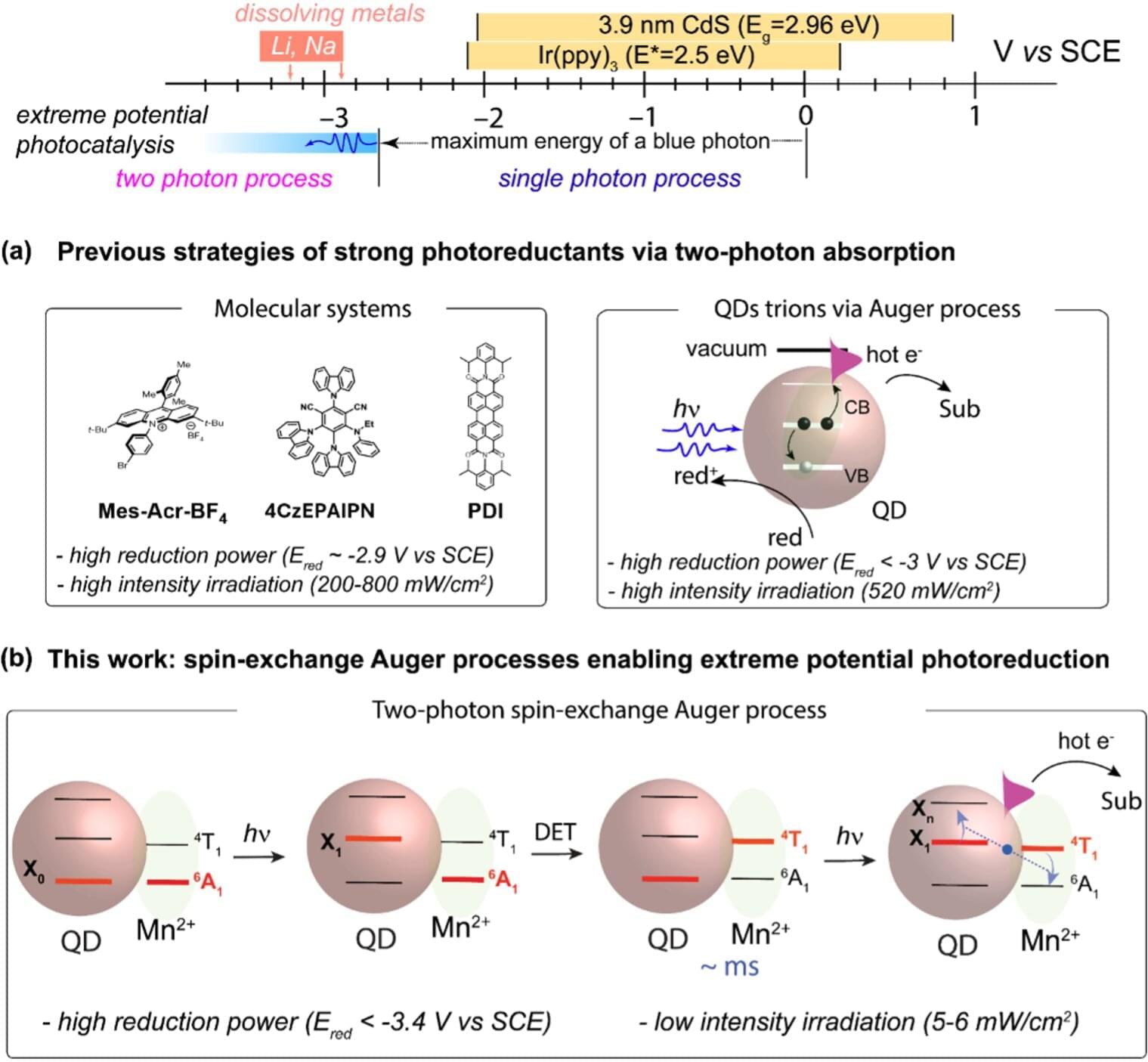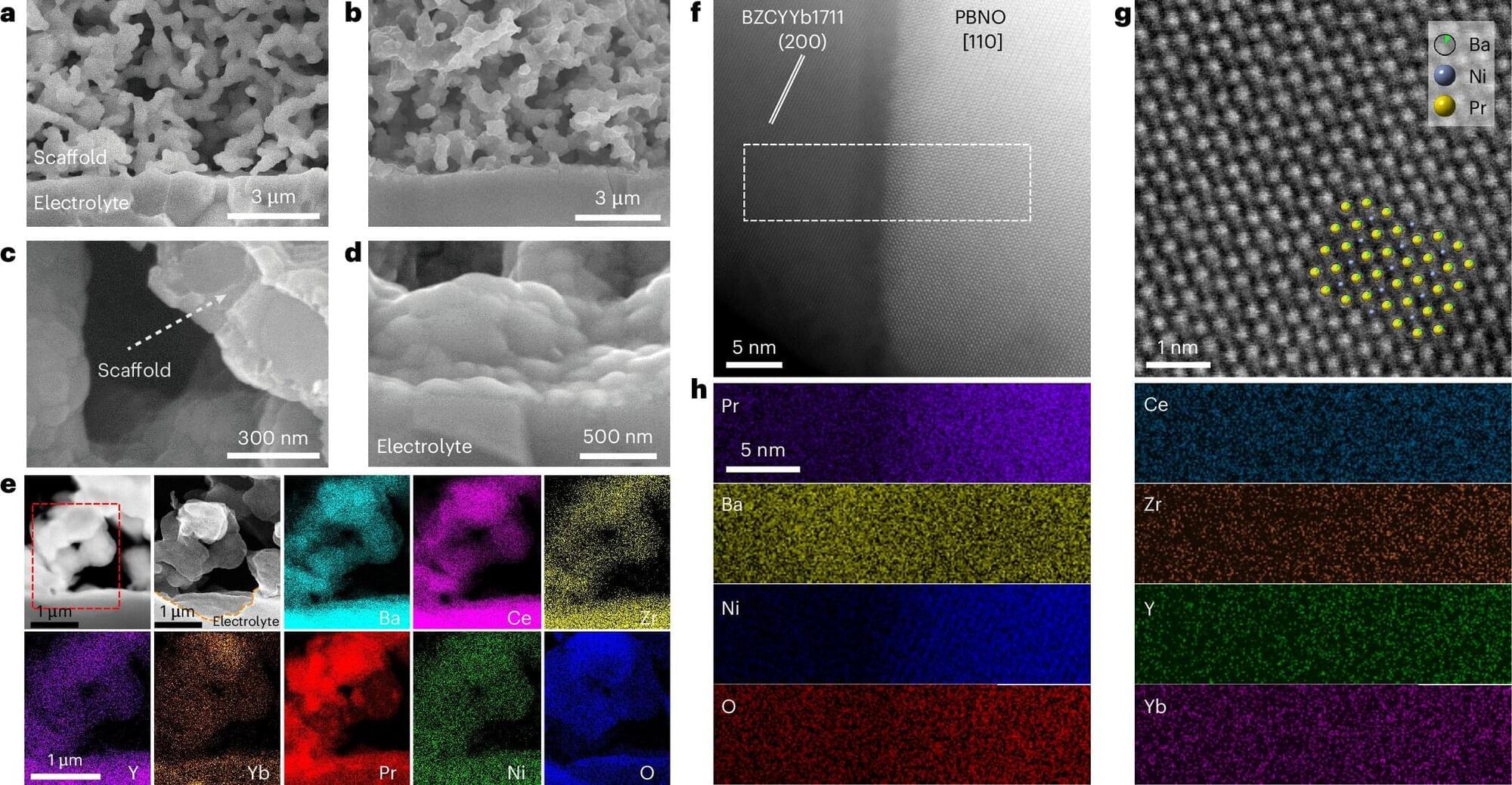In a hunt for more sustainable technologies, researchers are looking further into enabling two-dimensional materials in renewable energy that could lead to sustainable production of chemicals such as ammonia, which is used in fertilizer.
This next generation of low-dimensional materials, called MXenes, catalyzes the production of air into ammonia for foods and transportation for high-efficiency energy fertilizers.
MXenes has a wide range of possibilities that allow for highly flexible chemical compositions, offering significant control over their properties.
